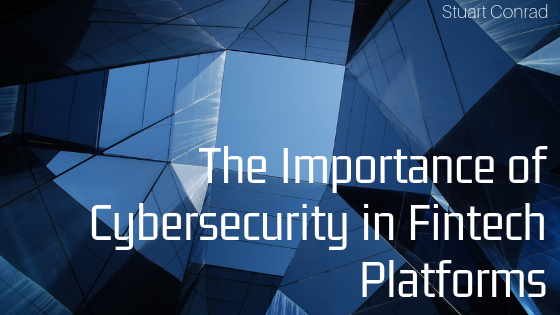The phenomena of fintech, otherwise known as financial technology, is rapidly growing every year. The developments of these financial innovations have given millions of people access to financial services and banking functions that would otherwise not be available. However, the enormous growth that fintech innovations have had over the years, and continues to have today, also generates significant security concerns for the user. This article will talk about some of the risks associated with the rapid growth in fintech and possible solutions to the cybersecurity-related issues.
Development
The development of fintech services has helped people gain trust in the financial industry and has given them access to banking and other financial services. Many companies tout their ability to quickly adapt and alter the technological platform and change their services so that they can address customer issues promptly. While this may seem like a great idea at first glance, within that process of quick adaptation for the customer, there are significant underlying problems for all the users of the service. The implementation of rapid customer solutions could cause the development of the product to suffer in areas like security. The services offered are so fast-changing that it becomes more vulnerable to hacking in the process. Developers sometimes do not have the time to fine tune the service to make it more secure when it is put into use. The result is that customers receive a service that has not been given enough attention in some of the most critical areas, i.e. security.
Solutions
There are some potential solutions that government and financial institutions are evaluating that might help solve large cybersecurity risks. The sandbox concept is a relatively new concept that allows new and emerging startup companies to actually trial their product/service in real-world situations. With this approach, fintech companies have a temporary period of time where they do not have to adhere to certain regulatory requirements in order for them to test their product. This allows startup companies to identify potential problems and adjust their service to be better suited for launch. Another potential solution is blockchain, a decentralized open digital ledger that encrypts all transactions as they happen. Blockchain is fast, accurate, and more cost-efficient than traditional means. However, there is some caution surrounding implementing a blockchain solution for fintech platforms. One small hiccup in the process could spread and result in other areas of the financial industry being disrupted.
Despite the functionality and enhanced user experience, Cybersecurity should be the number one concern for all existing fintech platforms and companies. Developers and regulators are continuing to explore solutions for this problem.

